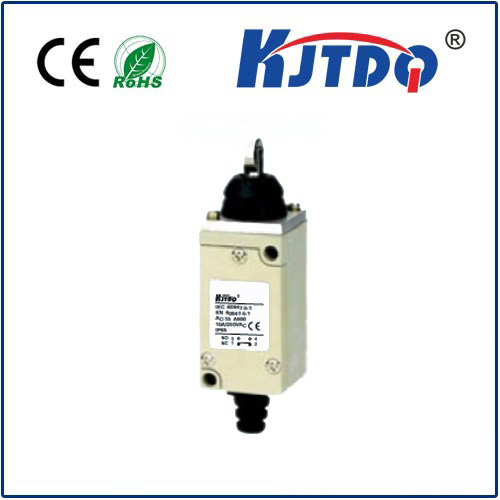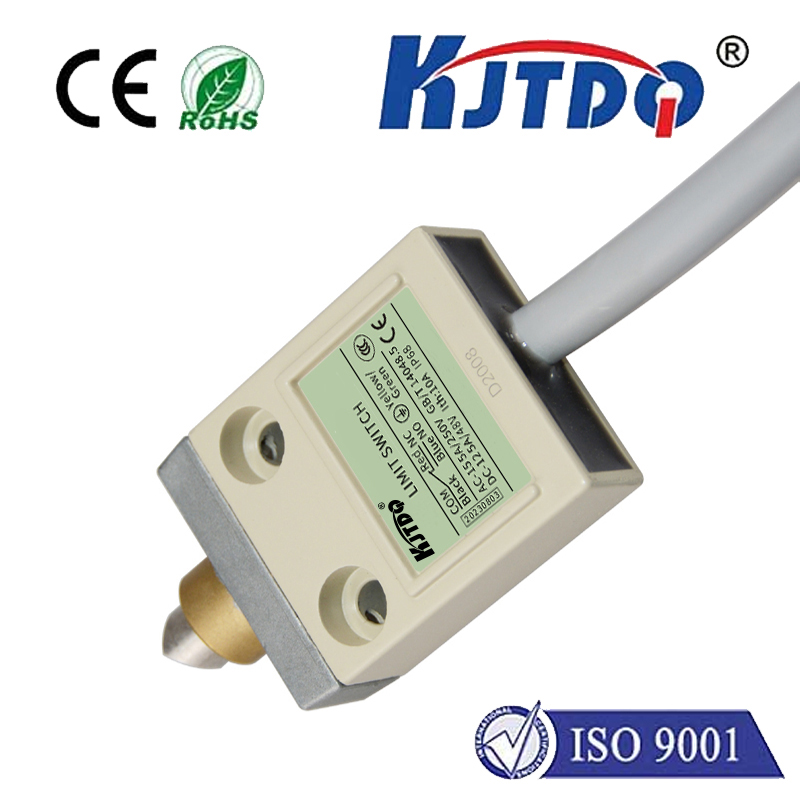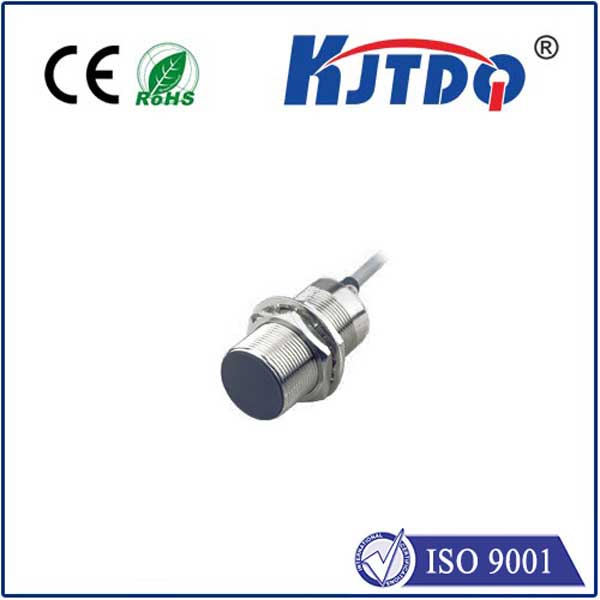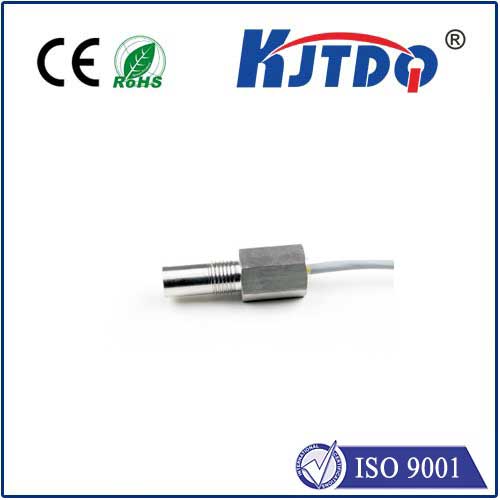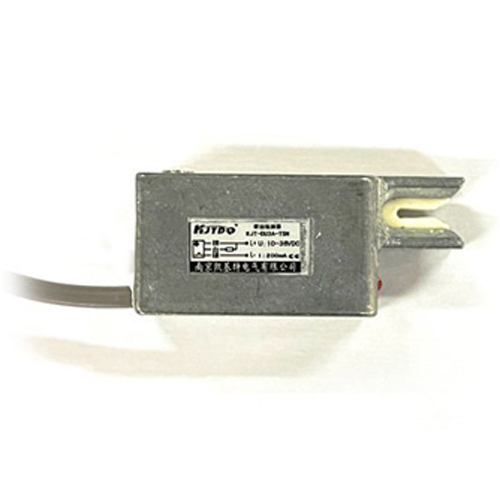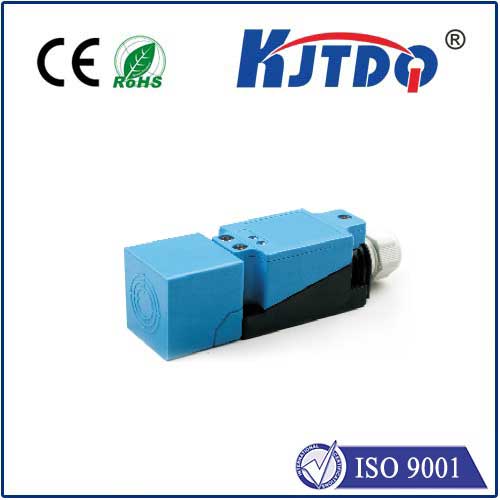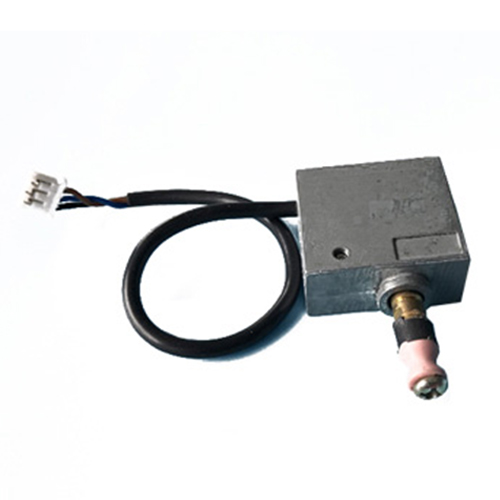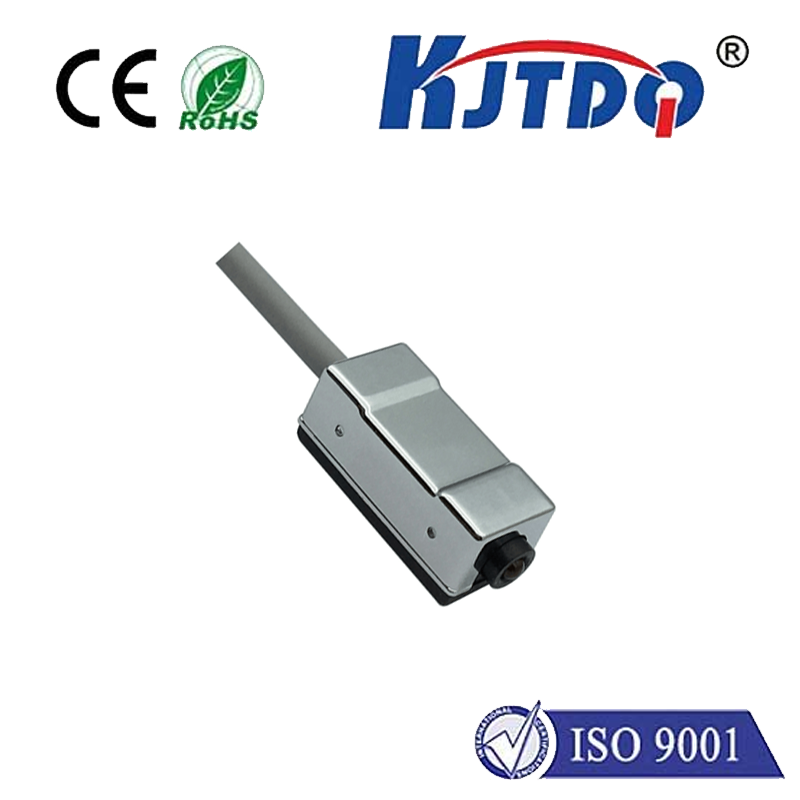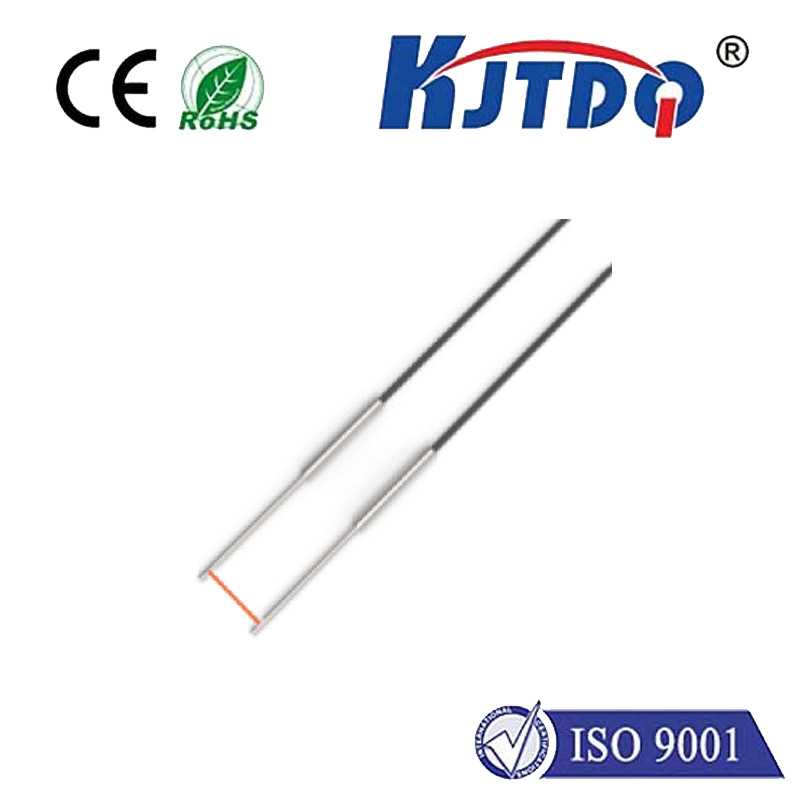inductive sensor m8
- time:2025-06-16 15:15:25
- Нажмите:0
M8 Inductive Sensor: Your Essential Guide to Compact, Reliable Proximity Detection
Imagine a high-speed bottling line. Thousands of containers whizz past, each needing precise positioning for filling and capping. A tiny metallic component silently ensures every bottle is perfectly placed, triggering actions without ever physically touching the target. This unsung hero? Often, it’s the M8 inductive proximity sensor. These compact workhorses form the backbone of countless automation systems, offering unmatched reliability in detecting metal presence with incredible speed and durability. Understanding their capabilities is key to optimizing efficiency and minimizing downtime across diverse industries.
Demystifying the Core: How Inductive Sensors Operate
At the heart of every inductive sensor lies the principle of electromagnetic induction, discovered by Michael Faraday. Here’s the simplified magic:
- Generating the Field: The sensor contains an internal oscillator circuit that generates a high-frequency alternating electromagnetic field radiating from its active face.
- Disturbance Detection: When a conductive metal target (like steel aluminum, brass, copper, etc.) enters this electromagnetic field, small, swirling electrical currents called eddy currents are induced within the target material.
- Sensing the Change: These eddy currents draw energy from the sensor’s field. This energy loss causes a measurable damping or attenuation in the oscillator’s amplitude or a shift in its frequency.
- Signal Output: The sensor’s integrated electronics detect this change. Based on the damping level exceeding a preset threshold, the sensor electronically switches its output state. This switch typically controls a load, like a PLC input, relay, or indicator light.
Crucially, this entire process happens contactlessly. There’s no physical wear, making inductive sensors incredibly robust for demanding environments.

Why “M8”? The Significance of Size
The “M8” designation specifically refers to the sensor’s cylindrical housing diameter and thread size. It adheres to an international standard (ISO 61508/IEC 60947-5-2):
- Diameter: Threaded body measures 8mm.
- Thread Pitch: Standard M8 thread (usually 1.0mm pitch).
- Mounting: Designed for insertion through an M8 nut or directly into an M8 threaded hole in machinery, brackets, or fixtures.
This compact size offers distinct advantages:
- Space Savings: Essential in modern, tightly packed machinery and robotic arms where every millimeter counts. An M8 sensor can fit into locations where larger sensors simply wouldn’t.
- Diverse Mounting Options: The standardized thread allows for easy integration via locknuts, enabling precise positioning adjustments. Flush or non-flush mounting variants cater to specific application needs.
- Standardization: Ensures compatibility with a vast range of commercially available mounting accessories, cables, and connectors designed for the M8 form factor.
Critical Characteristics of the M8 Inductive Sensor
Beyond the physical size, understanding these key specs is vital for selection:
- Sensing Distance (Sn): Defined as the nominal operating distance for a standard target (usually mild steel). For common shielded (“flush mountable”) M8 inductive sensors, this typically ranges from 1mm to 2mm. Unshielded variants may offer slightly more (e.g., 2-3mm). Crucial: Always check the datasheet! Factor in tolerances (often ±10%) and material influence (see below).
- Target Material Influence: Inductive sensors primarily detect ferrous metals (like iron, steel). Non-ferrous metals (aluminum, copper, brass) have lower permeability and conductivity, resulting in a reduced sensing distance. Stainless steel detection is also possible but distances are shorter than mild steel. Always refer to reduction factors (KF) in datasheets for non-steel targets.
- Output Configuration: The most common types are:
- 3-Wire DC: The industrial standard. Requires DC power supply (typically 10-30V DC) and provides either:
- NPN (Sinking): Outputs 0V when active (load connected between output and +V).
- PNP (Sourcing): Outputs +V when active (load connected between output and 0V). Choosing the correct type for compatibility with your control system input is essential.
- NO (Normally Open) vs. NC (Normally Closed): Refers to the switched state when the target is absent. NO output is OFF/open when no target; closes/switches when target present. NC output is ON/closed when no target; opens when target present.
- Housing Material: Typically nickel-plated brass or stainless steel (e.g., V2A / 304, V4A / 316) for excellent corrosion resistance and mechanical strength.
- Switching Frequency: How rapidly the sensor can respond to targets entering and leaving its field, measured in Hertz (Hz). M8 sensors often range from 100Hz to 1kHz or even higher (e.g., 5kHz) for high-speed applications. Higher speeds are crucial for detecting fast-moving objects.
- Environmental Ratings:
- IP Rating: Ingress Protection. IP67 is extremely common and highly recommended, meaning it’s dust-tight and protected against temporary immersion (e.g., washdowns). IP68 or IP69K offer even higher resistance for harsher conditions. This durability is a major factor in their reliability.
- Temperature Range: Typically operational between -25°C to +70°C or wider (-40°C to +85°C for certain models).
Where M8 Inductive Sensors Excel: Key Applications
Their robustness, compact size, and contactless operation make M8 inductive sensors indispensable in a vast array of scenarios:
- Machine Tooling: Position verification of tools, clamps, slides, turrets; end-of-travel detection on slides and spindles.
- Material Handling & Packaging: Bottle/can presence detection on conveyors; counting objects; pallet position verification; fill level detection in metal containers.
- Automotive Assembly: Robot end-effector position confirmation; detecting presence of metal brackets, components, or fasteners; cylinder position sensing.
- Food & Beverage Processing: Detecting metal lids, caps, cans, or fill levels (using stainless steel housings/IP69K for hygiene). Always ensure food-grade compliance if direct contact is possible.
- Industrial Robotics: End-of-arm tooling (EOAT) confirmation; part presence detection at grippers; monitoring joint positions within the robot arm structure. Their small size is perfect for the confined spaces common in robotic cells.
- General Automation: Any application requiring reliable detection of metal objects short distances away – presence/absence, counting, speed monitoring, object positioning.
Selecting the Right M8 Sensor: Key Considerations
Choosing the optimal sensor requires asking the right questions:
- What metal target needs detecting? (Mild steel, aluminum, stainless steel?) Determines the required sensing distance spec after material reduction.
- What is the required sensing distance? Consider installation space and target approach angles.
- What electrical interface is needed? (3-wire DC: NPN or PNP? NO or NC?)
- What are the environmental conditions? (IP rating needed? Temperature range? Exposure to chemicals? Strong magnetic fields?)
- Is flush mounting possible or required? (Shielded for flush mounting in metal; unshielded

